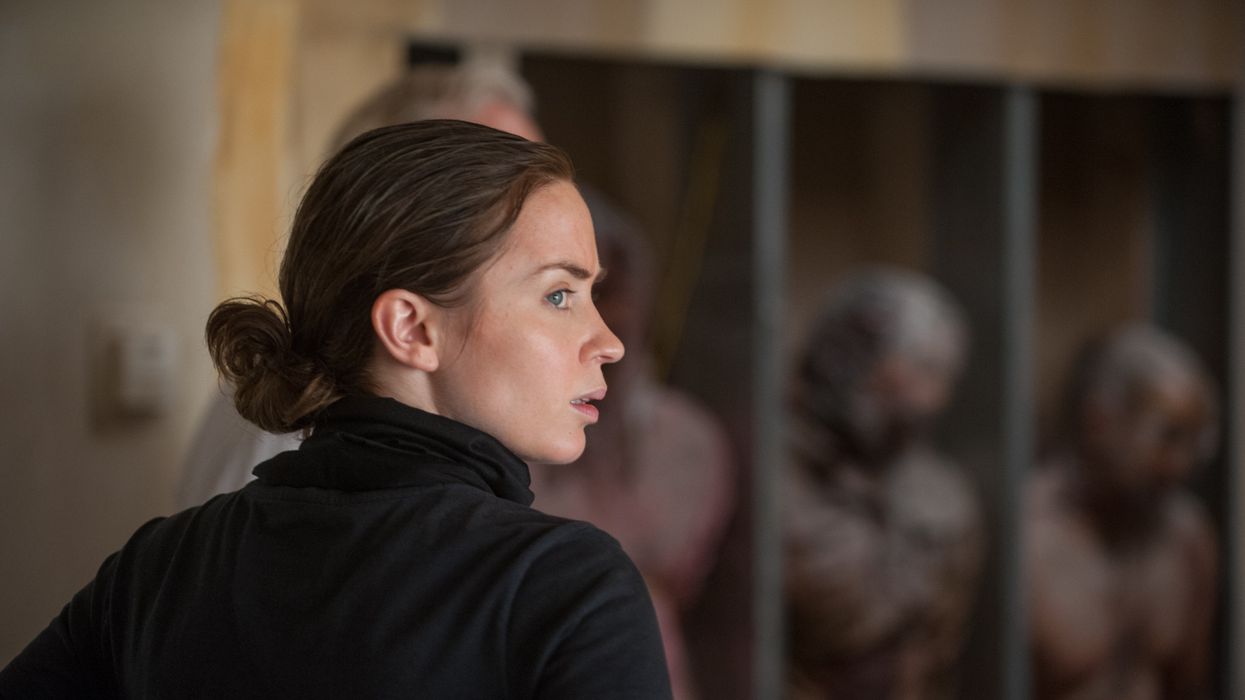11 Scenes from 'Sicario' Explained in This Cinematography Breakdown
What is Oscar-worthy cinematography exactly?

Clearly there are many, many factors that go into what defines cinematography of that caliber, but seeing as Sicario earned DP Roger Deakins his 13th Oscar nomination, perhaps that's a good place to start. In this video, Matt Workman of Cinematography Database breaks down 11 scenes from Denis Villeneuve's crime-thriller drama to show us what cinematographic techniques Deakins used to create the atmosphere and tones that made the film so effective and memorable.
Deakins himself has been pretty vocal about his philosophy and cinematographic approach on not only this film, but all of his films. He has stated that creating beautiful images isn't the endgame in cinematography, it's about creating images that serve the story. And after watching the breakdown, you can see how Deakins' choices weren't solely for aesthetics, but for storytelling.
We've talked previously about several different techniques Deakins utilized to make Sicario the visually stunning, well-told film that it is, including using the color blue as a metaphor and indicator for levels of morality. However, Workman's video highlights several important tools Deakins uses to create the world of Sicario, as well as the mood, like using practicals to heighten realism and how subject size directly relates to a subject's level of power.
However, Workman mentions one very interesting concept found in aesthetic theory, the placement of the horizon line. You can effectively change the overall tone of a shot depending on where you set your horizon line. For instance, if you set it at eye-level (which is typical), the viewer interprets that as copacetic — everything is level, even, and right with the world. However, if you set it high up on the frame, above the upper third, as Deakins did in the shot below, something interesting happens.
Consider this still from The American, and imagine George Clooney standing in the field. The sky would appear to be coming down on the tiny patch of land below, which, of course, is where he would be standing helplessly.
Source: Cinematography Database














